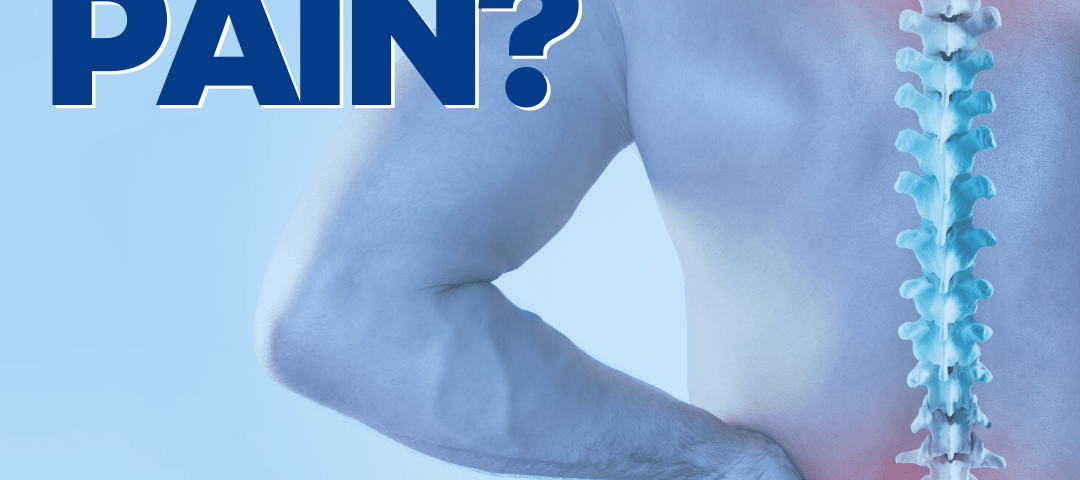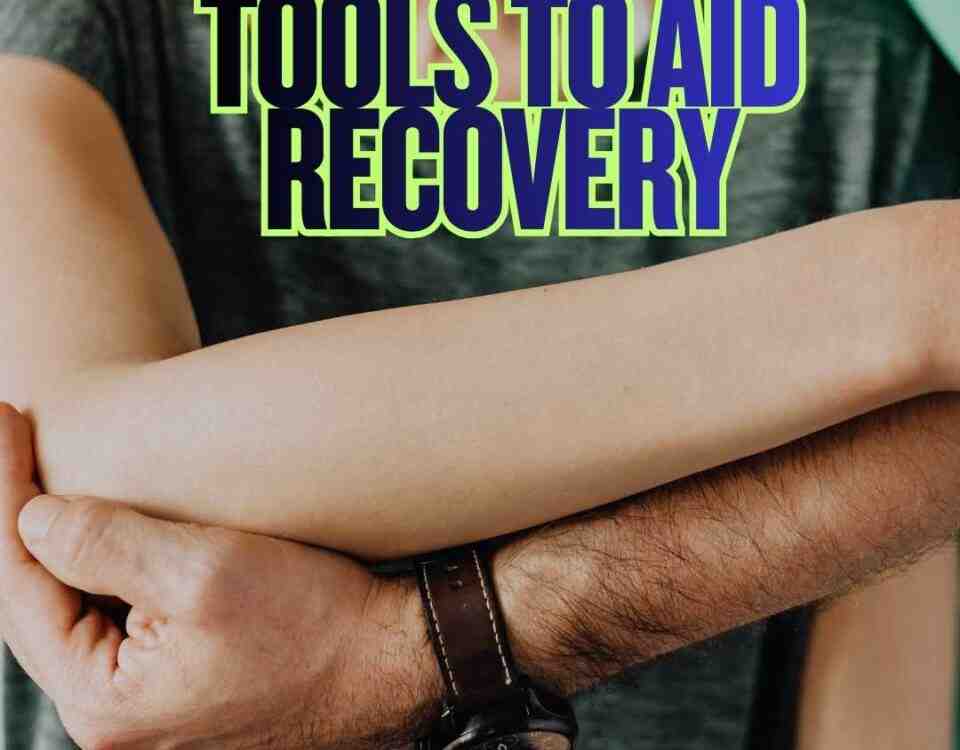Spinal Stenosis and MVA’s

Wax That Car!
September 25, 2024
3 Typical Causes of Plantar Fasciatis
October 18, 2024- Accident doctor
- accupuncture
- airplane headache
- alzheimer's
- best habits
- Brain Injuries
- car accident
- car accidents
- cervical strain
- colds
- concussion
- Concussions
- disc bulge
- dosage meds
- dry needling
- dull pain
- E bike injuries
- florida
- good posture
- headaches
- Headrest positions
- Headrest positions after an accident
- Healthy choices
- Healthy flying
- healthy gift guide
- Healthy SPring Ideas
- hip pain
- hyperextension
- injury doctor
- insurance
- Kayaking
- kentucky
- kids motion sickness
- lifestyle
- motion sickness
- neck injury
- no fault insurance doctor
- noise healing
- osteoporosis
- pain symptoms
- pink noise
- posterior chain
- posture
- prevent osteoporosis
- Rest
- Scoliosis
- shoulder pain
- Stress with kids after a motor vehicle accident
- TBI
- tips
- tmj
- torn muscle
- Traumatic Brain Injury
- trigger points
- VitaminD
- What are Post Traumatic headaches?
Spinal Stenosis Following a Motor Vehicle Accident
Spinal stenosis is a condition in which the tunnel that contains your spinal cord narrows. While this condition can develop gradually over time, it can also occur suddenly following a motor vehicle accident (MVA). It is something often seen within the clinics of Chambers Medical Group, one of the highest rated car accident medical care facilities in Kentucky, and can be a worry for any patient suffering from the symptoms. I am Dr. Aaron Workman, a chiropractor at the Chambers Medical Group Lexington location and will go over what spinal stenosis is and what it can feel like.
What Is Spinal Stenosis?
To better understand how spinal stenosis occurs after an MVA, it is important to first know the areas involved. The spine connects the brain to every other organ and tissue in the body. It consists of vertebrae (bones), discs (shock absorbers/cushions), and nerves that run from the brain and spinal cord to the rest of the body. The spinal cord runs down a tunnel created by these structures and when that tunnel has narrowed it is called “stenosis.” This can lead to compression of the nerves and the actual spinal cord itself. Depending on the area of stenosis you may suffer from cervical (neck), or lumbar (low back) stenosis. This narrowing can lead to symptoms such as pain, numbness, tingling, and muscle weakness. In severe cases, it can affect balance, mobility, bowel and bladder control.
How it Happens?
1. Disc Herniation, Protrusion and Bulging
In an MVA, the sudden impact can cause discs to become damaged. When a disc is injured, it may bulge or herniate, pushing into the spinal canal. This pressure on the nerves or spinal cord can lead to spinal stenosis. In some cases, even if someone had mild narrowing in their spine before the accident, the added trauma could worsen the disc resulting in new symptoms.
2. Broken Vertebrae
Some MVAs may lead to fractures in the bones of the spine. When a vertebra is fractured, structures may shift, reducing space and compressing nerves. This sudden narrowing can cause immediate pain and symptoms which may be moderate to severe depending on the severity of the trauma.
3. Swelling and Soft Tissue Damage
The force of impact can cause soft tissue injuries, such as strains or sprains. Swelling and inflammation from these injuries can further reduce the space within the spinal canal, leading to shorter term stenosis. Even after the swelling resolves, there may be some continued pressure on the spinal nerves, causing longer term symptoms.
4. Ligament Injuries
Ligaments in the spine help to support and stabilize. During a car accident, these ligaments may be stretched, torn, or damaged. As a result, they may thicken (tendinosis) or calcify (bone spurs) over time as part of the body’s healing process. This thickening can reduce the available space in the spinal canal, contributing to the development of spinal stenosis.
What Will You Feel
After a car accident, everything may feel sore so it may take a few days to narrow down which areas are hurt. Typically, you may experience pain in neck or lower back that radiates into the arms or legs. This could also be perceived as a numb or tingling sensation in the hands, feet, or legs. It is also possible for these same areas to have weakness due to the compression. You may find it harder to grip objects or even walk. Depending on the stenosis location and severity, it may also change your bathroom habits, increasing frequency or urgency if the spinal cord is compressed.
Diagnosis and Treatment
You should always be properly examined following an MVA. EMS may be available at the scene, or you may need a trip to the ER. From here you may likely need treatment or imaging to determine your injuries or a possible stenosis if you are feeling those particular symptoms.
This condition is frequently seen in our clinics, usually caused by an MVA, or made worse by the MVA. At Chambers Medical Group, we can assess your injuries and provide treatment if needed. This may include a myriad of therapies, medications, exercises, traction, injections, dry needling, or a referral to a specialist if necessary. Spinal stenosis symptoms may appear immediately or take time to develop, but recognizing the signs and seeking early treatment is important to managing the condition effectively.
— This article is written by Aaron Workman, DC, one of the members of Chambers Medical Group’s team of car accident chiropractors who offer a variety of treatments and therapies ranging from diagnostic testing to various soft tissue therapies for car accidents and injuries in Kentucky.
- Car Accident Medical Clinic in Tampa
- Car Accident Medical Clinic in Plant City
- Car Accident Medical Clinic in Brandon
- Car Accident Medical Clinic in Lakeland
- Car Accident Medical Clinic in Sarasota
- Car Accident Medical Clinic in Louisville
- Car Accident Medical Clinic in Lexington
- Car Accident Medical Clinic in Florence




